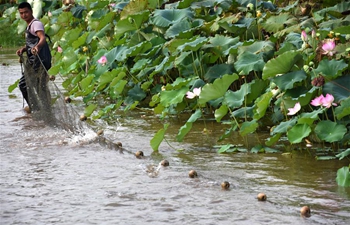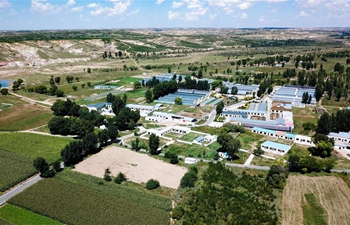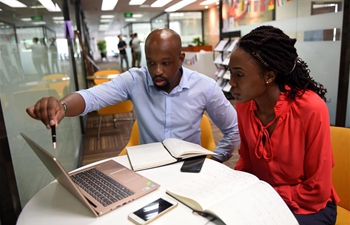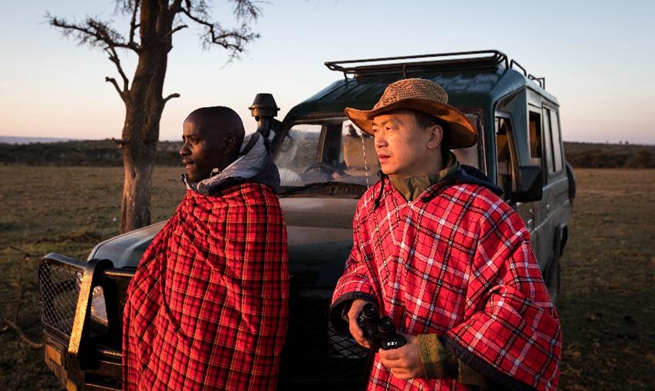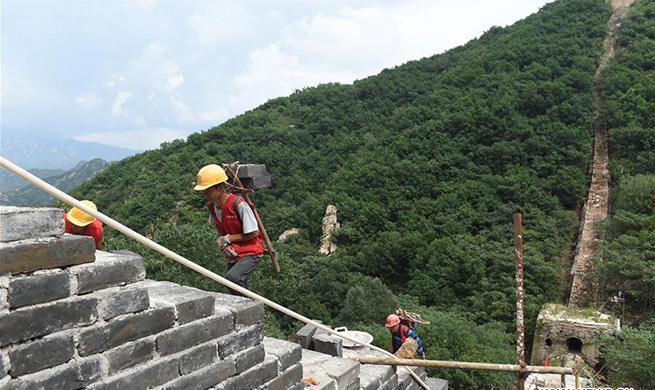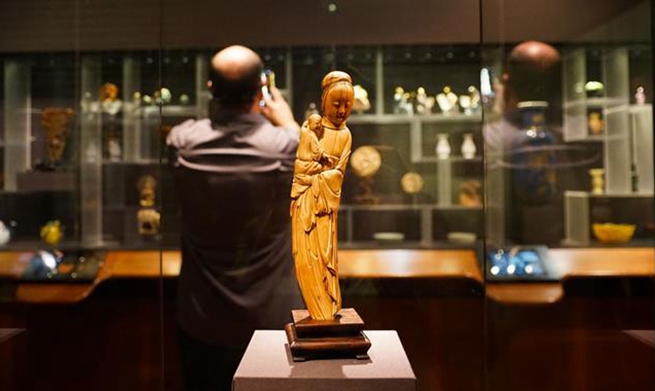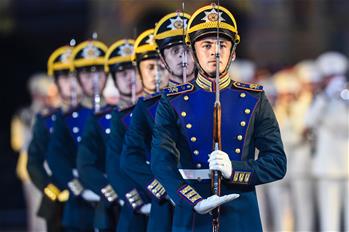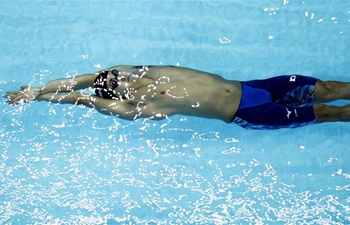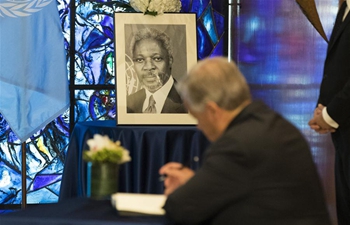by Zhu Ruiqing, Tang Lu
COLOMBO, Aug. 25 (Xinhua) -- Wu Tianqi, a Chinese university student, originally planned to come to Sri Lanka this year as a tourist just to admire the country's natural beauty, but soon found that it would be more meaningful to be a volunteer for a local turtle conservation project.
"In this way, I could learn more about the country and also serve the cause of turtle conservation," she told Xinhua. "This is the kind of experience I would never have as a sightseeing tourist," she said.
Wu then headed for the Turtle Conservation Center in the southern town of Balapitiya, 90 km south of capital Colombo. Thousands of Chinese volunteers have worked here, having helped save 18,000 sea turtles in past years.
Sri Lanka's long coastline is a natural gathering place for sea turtles. But today, the number of the marine "living fossils" is dramatically decreasing.
The survival rate among baby turtles is extremely low. Only one turtle could be successfully hatched among 1,000 turtle eggs.
In recent years, the survival of turtles has become more and more difficult. Smuggling, entanglement in fishing nets, and the mushrooming of beach resorts all threaten the newly-hatched turtles.
Apart from the low survival rate, the sex ratio of the newborn sea turtle in Sri Lanka is very unbalanced.
Zoya, turtle protection researcher at the center, told Xinhua that the sex of the baby turtle is not determined by the chromosome, but by the temperature.
When the temperature in the bunker exceeds 30 degrees Celsius, the turtle eggs will hatch females, and when the temperature is below 30 degrees Celsius, it will be a male turtle.
Today, global warming is making the sex ratio of sea turtle in Sri Lanka extremely disproportionate, with female sea turtles far more than the males.
Therefore, how to properly adjust the temperature of the bunker becomes crucial to the survival of the sea turtles.
A Chinese volunteer at the center told Xinhua that the temperature of the bunker could be adjusted by means of changing the thickness of the sand, regularly replacing it with new sand to ensure air circulation, and putting up some obstructions on the beach.
In order to prepare baby turtles for the wild, the staff at the center always place the newborns in ponds with seawater, and check their fragile shell, before returning them to the nature.
The Balapitiya Turtle Conservation Center not only offers shelter to baby turtles, but also serves as hospital for sick turtles. With broken limbs and legs, disabled turtles who may find it difficult to survive in the wild, could live in the nursery till the last second of their lives.
Although the work seems repetitive, burying turtle eggs in safe sand, preparing food for the turtles, bathing them and cleaning the beaches every day, the volunteers could always find pleasure in it.
Nowadays, the turtle nursery receives Chinese volunteers coming all year round.
Mi Wenwen, a popular writer in China, also participates in the sea turtle protection in Sri Lanka with her 10-year-old son.
"The time spent at the center teaches our children the knowledge about sea turtles and also makes them realized the importance of protecting the environment," she said.
Xiao Rongpan, founder of the volunteer management team "Yike International Volunteers," said that since 2016, more than 2,000 Chinese volunteers have worked for the sea turtle conservation project here.
"Participating in the turtle protection project contributes to the protection of the environment, animals and nature," Wu Tianqi said, adding that "we will not get the sense of accomplishment we achieved here from conventional tourism."





